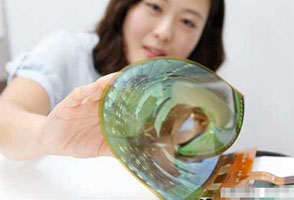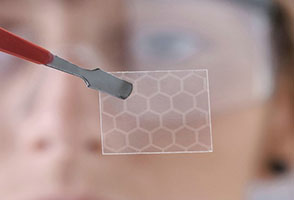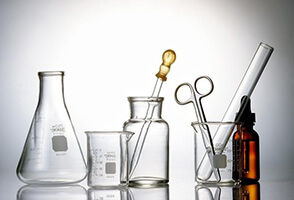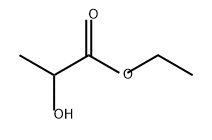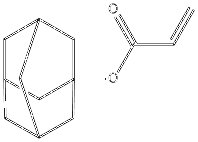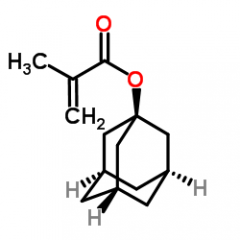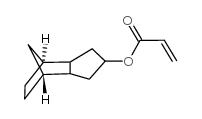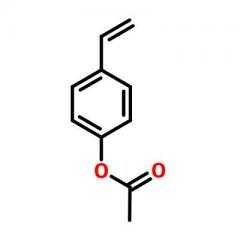| Identification | ||
| Name |
|
Ethyl lactate |
| Synonyms |
|
Lactic acid ethyl ester 2-Hydroxy-propanoic acid ethyl ester ETHYL LACTATE NATURAL FCC
ETHYL LACTATE SOLVENT GRADE; Ethyl rac-lactate
Ethyl lactate 2-Hydroxypropionic acid ethyl |
|
|
||
| Molecular Structure |
|
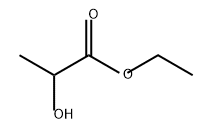
|
|
|
||
| Molecular Formula |
|
C5H10O3 |
| Molecular Weight |
|
118.13 |
| CAS Registry Number |
|
97-64-3 |
| EINECS |
|
202-598-0 |
| FEMA |
|
2440 |
| Properties | ||
| Density |
|
1.03 |
| Melting point |
|
-26 ºC |
| Boiling point |
|
151 ºC |
| Refractive index |
|
1.4124 |
| Flash point |
|
46 ºC |
| Safety Data | ||
| Hazard Symbols |
|
Xi |
| Risk Codes |
|
R10;R37;R41 |
| Safety Description |
|
S24;S26;S39 |
| Transport Information |
|
UN 1192 |
Ethyl lactate Uses:
Ethyl lactate, for instance, is used in the electronics industry to remove salts and fat from circuit boards; it is also a component in paint strippers.
As solvent for nitrocellulose and cellulose acetate.
Ethyl Lactate is a solvent manufactured from l(+) lactic acid which is miscible in water and most organic solvents and is cleared for use as a flavoring agent. it is a naturally occurring constituent of california and spanish sherries. it is a clear, colorless, nontoxic liquid of low volatility, having a ph of 7–7.5. it is used as a food and beverage flavoring agent.

